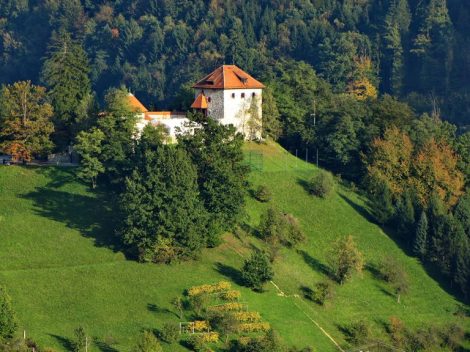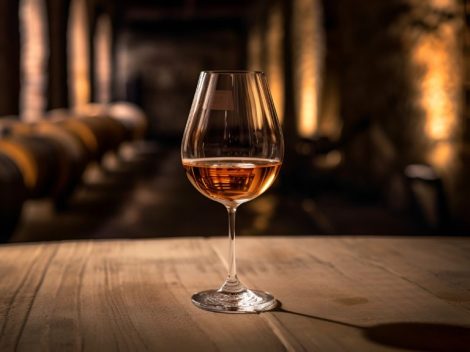Impervious to the fashionable contaminations of international grape varieties, Liguria has preserved a rich heritage of ancient varieties: albarola, bosco, pollera nera, vermentino, bianchetta genovese, scimiscia, lumassina, granaccia ligure, rossese di Dolceacqua, ormeasco, and pigato. We focus here on the latter, a grape variety cultivated both along the coast and in the inland valleys, in a small geographical area between Albenga and Imperia. Its name derives from the Ligurian expression "pigau," meaning spotted, indicating the brown speckling that appears on mature berries. It is a variety very similar to vermentino, probably born from a spontaneous mutation, which has then perfectly adapted to the terroir of the Ligurian Ponente.
It is a wine with a typical Mediterranean profile, a perfect and faithful expression of the territory. In the innermost area of Ranzo and the Arroscia valley, cooler and with vineyards at higher altitudes, thanks to significant temperature fluctuations, it expresses itself with greater freshness, intense and elegant aromas. Near the sea, along the stretch of coast from Albenga to Diano Marina, it takes on warmer and sunnier tones. In addition to climate, the different soil compositions also profoundly influence the aromatic profile of the grapes. On white soils, rich in limestone, pigato expresses itself with greater finesse and freshness, while on red soils, characterized by a generous presence of iron components, it gains more body and a pronounced mineral vein.
From a genetic point of view, the pigato grape variety is actually very similar to vermentino, so much so that it is considered one of its clones. The main difference between the two grapes comes to light at the moment of grape ripening, when pigato berries take on an intense yellow, almost amber, color, with the typical rust-colored speckling, while vermentino retains a yellow skin with green reflections.
Pigato wine has a straw yellow color. The olfactory profile is characterized by characteristic aromas of Mediterranean scrub and medicinal herbs, which open up to notes of white flowers, fruit, and iodine hints. The palate is harmonious and balanced, with moderate acidity, fruity aromas of good intensity, and a mineral vein. The finish is pleasantly savory, with almond nuances. It is a wine with good aging potential, which after a few years of bottle aging develops interesting tertiary notes of maritime pine resin and hydrocarbon. While young, it is perfect to pair with seafood dishes or traditional Ligurian first courses, such as pansotti with borage or trenette with pesto, with passing years, it finds interesting pairings with more structured and complex fish main courses, delicate white meats, and medium-aged cheeses.
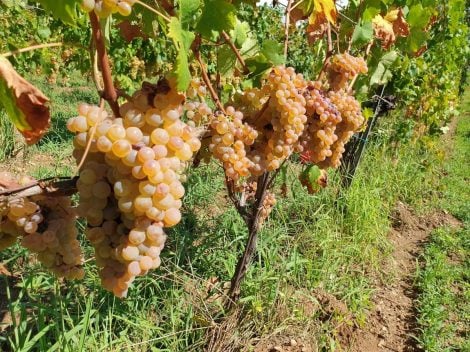
The Best Pigato
Here are the Pigato wines that have been awarded the Due Bicchieri Rossi, having reached the finals during the tastings for the Gambero Rosso 2024 Vini d'Italia guide.
Maria Donata Bianchi's 2022 Pigato is a calm wine in color and rich in flavor, with aromas of white flowers and fruits, on the palate it expresses great balance and complexity thanks to the pleasant harmony. Marta Trevia, the young and talented daughter who has taken over the reins of the company, is focusing on native white grape varieties. This year, she uprooted the few vineyards planted with granaccia and shiraz, replanting 2,000 meters of vermentino. The vineyards are located in Diano Castello and Diano Arentino, at an altitude ranging from 250 to 350 meters, an ideal location for white grape varieties. This is why the company's choice seems optimal, and the winery will continue to work only on white grape varieties, diversifying the labels.
Intense aromas of ripe fruits in the 2022 Via Maestra by La Ginestraia: you can perceive the spiciness given by the wood in a warm, velvety body and a long finish. Mediterranean herb scents in the 2022 Pigato, with an intense, harmonious, rich, and complex body. By choice of the two owners of the winery, founded in 2007, Mauro Leporieri and Marco Brangero, only native white grape varieties of the territory are cultivated and vinified here, pigato and vermentino. Regional restrictions, at the moment, do not allow for developments for new vineyards. Fortunately, the new winery, built with eco-friendly materials, is now completed, while the old one will probably become an oil mill. The last harvest brought excellent grapes, but due to drought and damage caused by wild boars, there was also a significant decrease in production.
The 2022 Braje achieves an interesting expression of maturity and harmony, releasing intense scents of yellow fruits and flowers on a bed of Mediterranean freshness. Antonio Basso continues his relentless work as a viticulturist in the Valle Arroscia area, which from Albenga rises to the Ligurian Alps, a forge of biodiversity and precious cultivars.
Good is the 2022 Saleasco, with intense aromas of white fruit and balsamic hints; it is rich in extract and endowed with good sapidity. Marcello Calleri's company is changing its look. A restyling, in response to new market demands, of all the labels and bottles of the crus, which switch to the noble burgundy shape. There is no investment period in the company: the ongoing drought, exacerbated in recent years, contains and sometimes reduces productivity, fortunately in favor of quality. In these conditions, however, the numbers are missing to reach new markets, although, on the other hand, loyal restaurateurs are being consolidated.
Harmonic and intense is the Majé '22, with aromas of ripe, Mediterranean fruit, with an intense body and a long finish. Profuse aromas and great extract in the Russeghine '21, a round and pleasantly velvety wine. After years of conversion, from the 2022 harvest, the winery can affix the certified organic label on the bottle. An objective that Roberto has strongly pursued, a corollary combined with attention and care in processing. Also in the same year, the 50th spring of "Le Russeghine" pigato was celebrated, a vineyard planted by Riccardo Bruna, Francesca's dad. The 2022 vintage comes out in autumn with a personalized label.
Pleasant spiciness from the wood and soft scents of ripe fruit in the Sogno '21, with a sapid and intense body. The company, which from its inception had distinguished itself in the production of only white wines from pigato grape variety, with the advent of new generations, opens up to reds with a new project: a 1.8-hectare vineyard planted with ormeasco, in Gazzo d'Arroscia. This certified organic wine will not come out with the Vis Amoris logo but with that of the "Famiglia Tozzi".
Many aromas and a harmonious body in the Vigne Vëggie '21 with hints of ripe fruit on an herbaceous background. The finish is long and pleasant. The Arroscia valley is composed of vast spaces, is very sunny and always ventilated, follows the homonymous stream, and extends into the provinces of Imperia and Savona, ascending towards the Ligurian Alps. It is a forge of many agricultural activities, and here, at about 500 meters above sea level, in the municipality of Ranzo, is the company of Massimo Alessandri. From the hunting lodge, duly restored for wine tourism, one can admire a large part of the vineyards cultivated with native grape varieties: pigato, vermentino, granaccia, and rossese, but also international ones such as roussanne, viognier, merlot, and syrah.

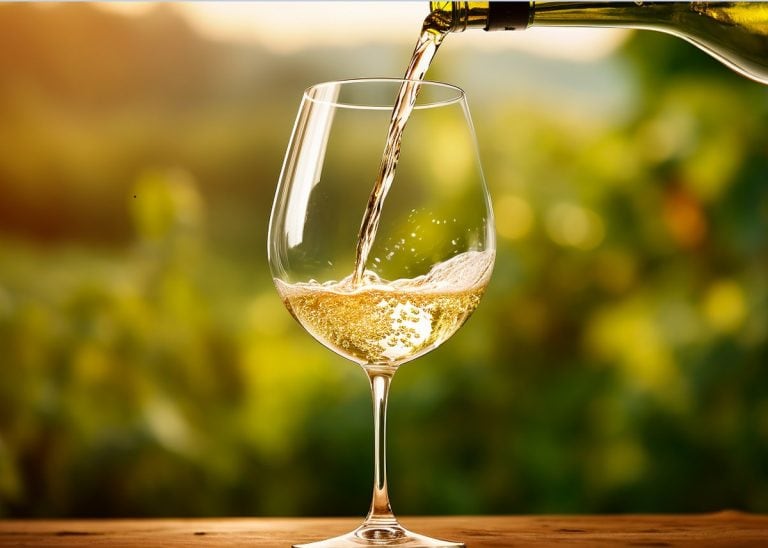
 The Game (and the misunderstanding) of dealcoholised wines: even an expert critic can be fooled at first sip
The Game (and the misunderstanding) of dealcoholised wines: even an expert critic can be fooled at first sip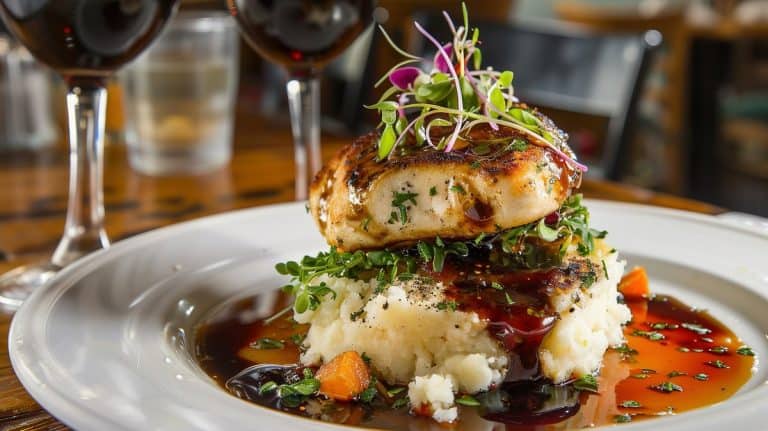 With fish, you can (also) drink red!
With fish, you can (also) drink red! The story of the pharmacist who dispenses prescriptions by day and crafts gourmet burgers by night
The story of the pharmacist who dispenses prescriptions by day and crafts gourmet burgers by night It's time for light Prosecco: the lower-alcohol version is the latest innovation in record-breaking bubbles
It's time for light Prosecco: the lower-alcohol version is the latest innovation in record-breaking bubbles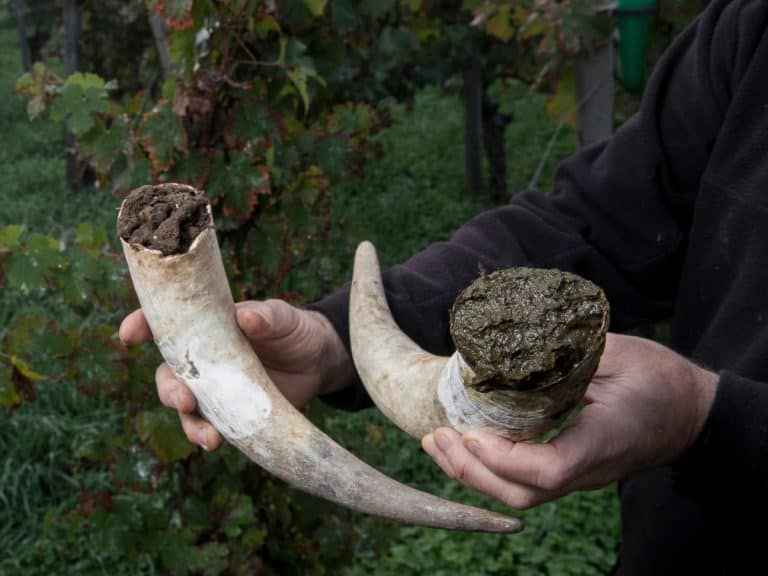 "Biodynamic preparations ave no effect on viticulture": The shocking conclusions of a Swiss study
"Biodynamic preparations ave no effect on viticulture": The shocking conclusions of a Swiss study


